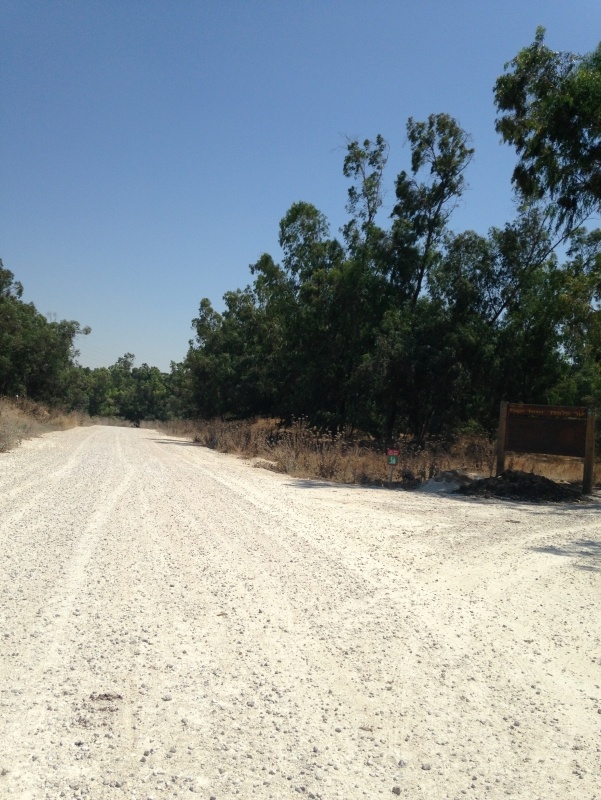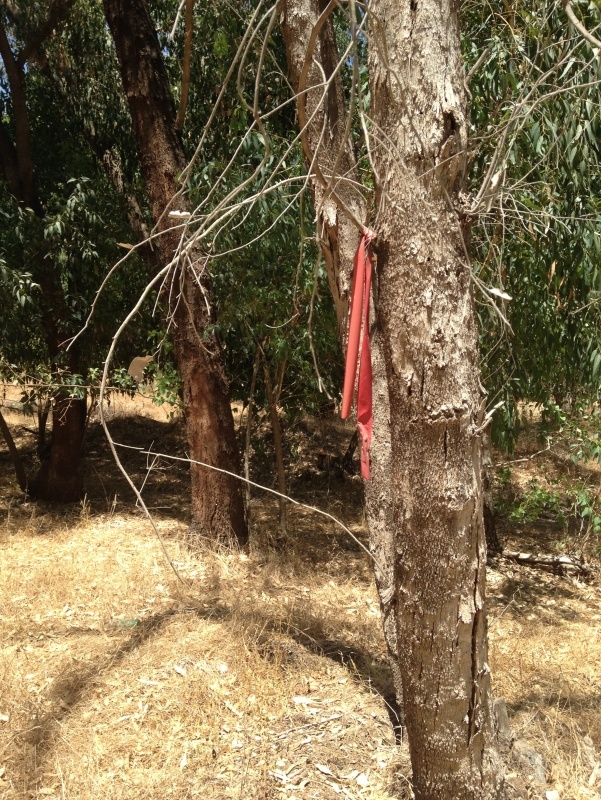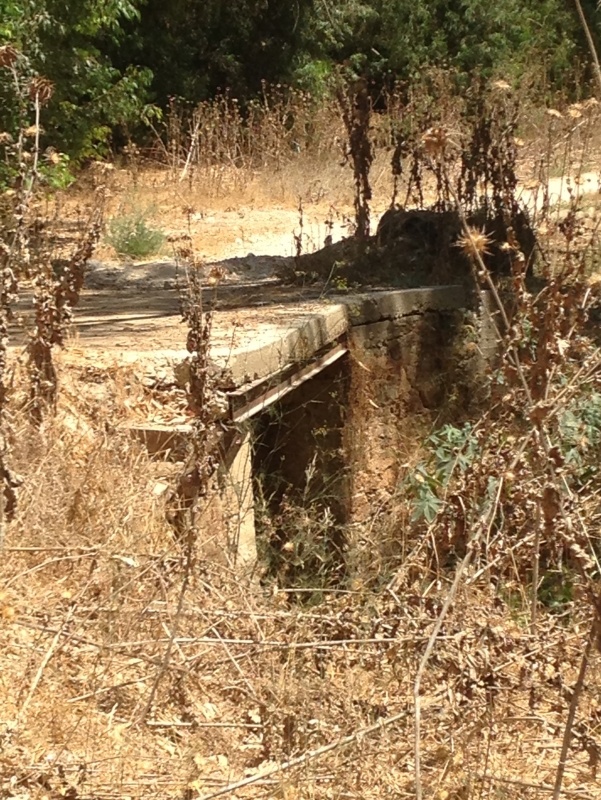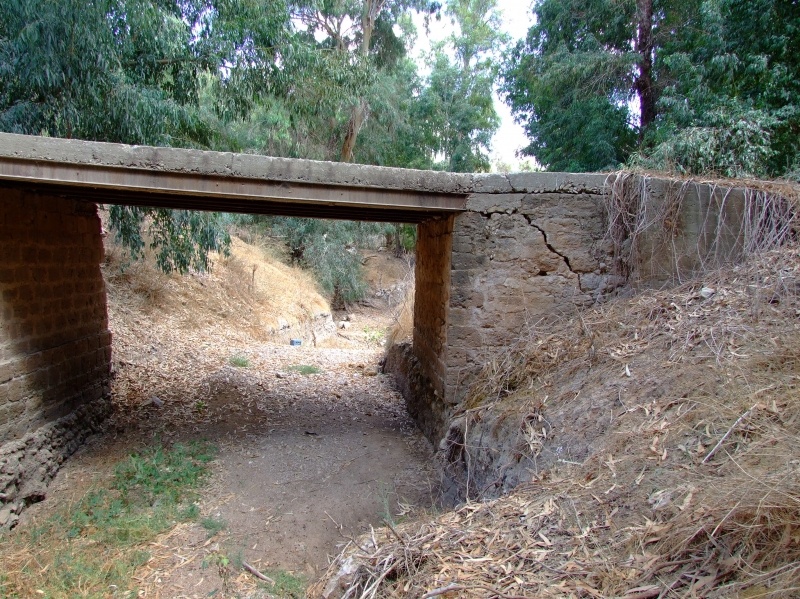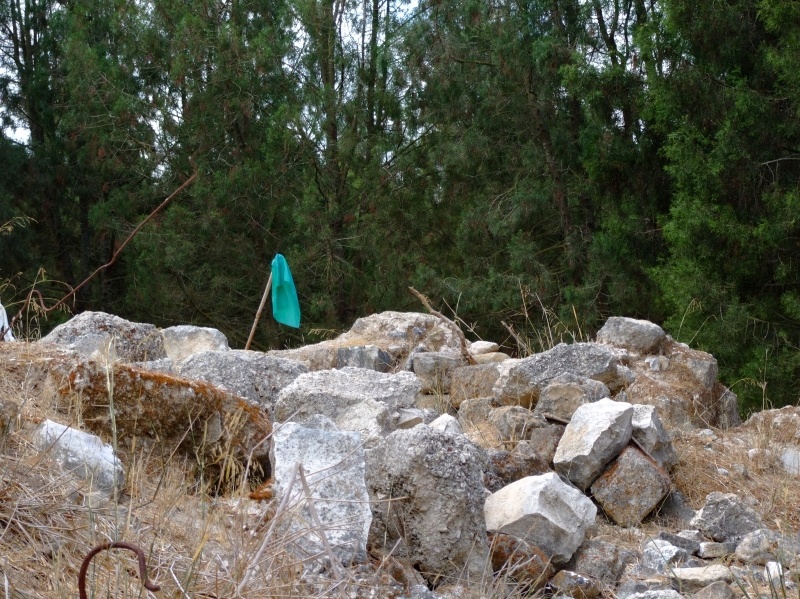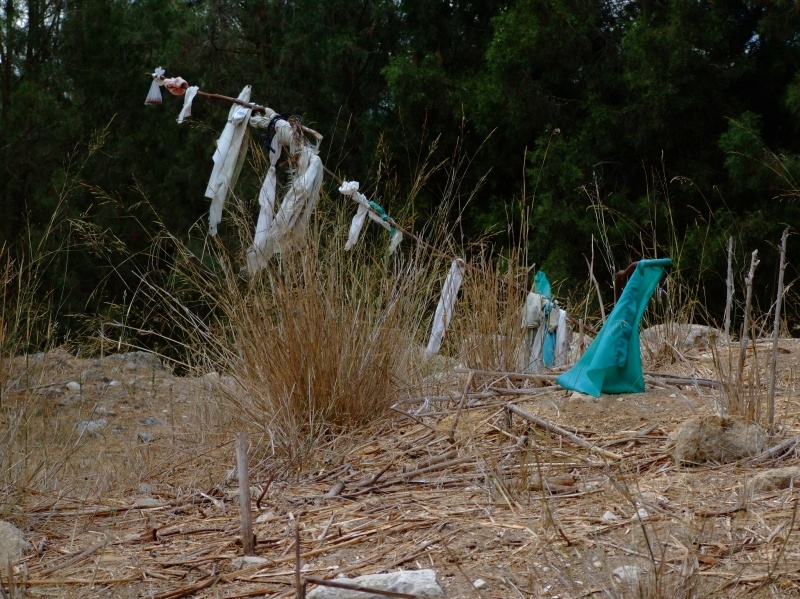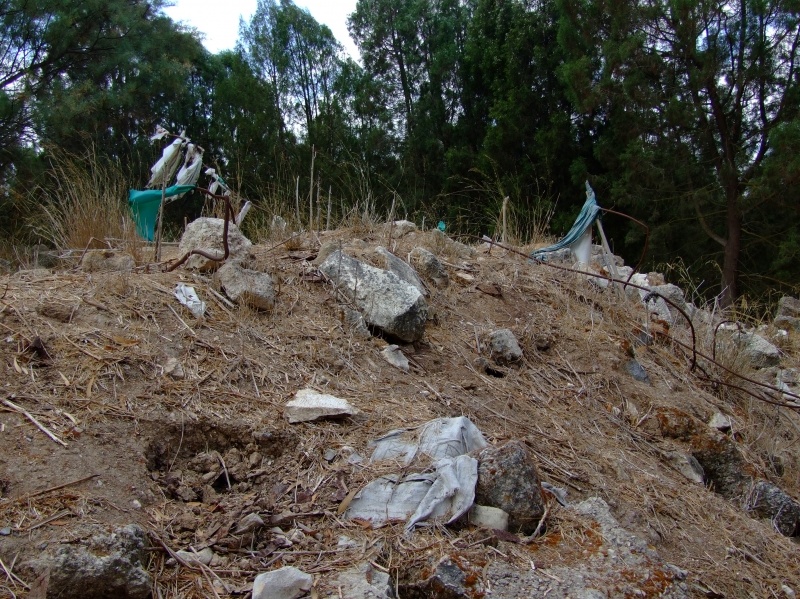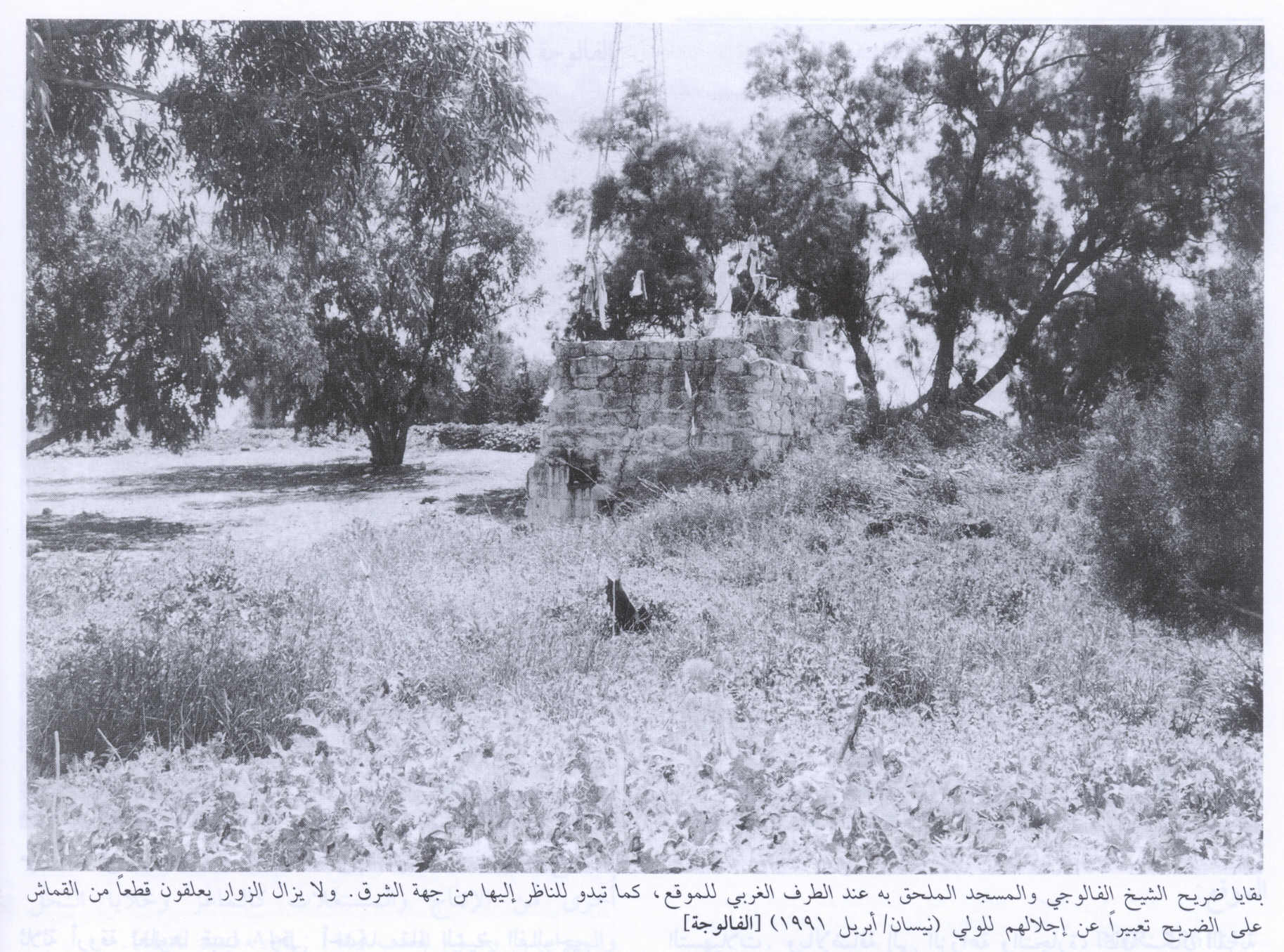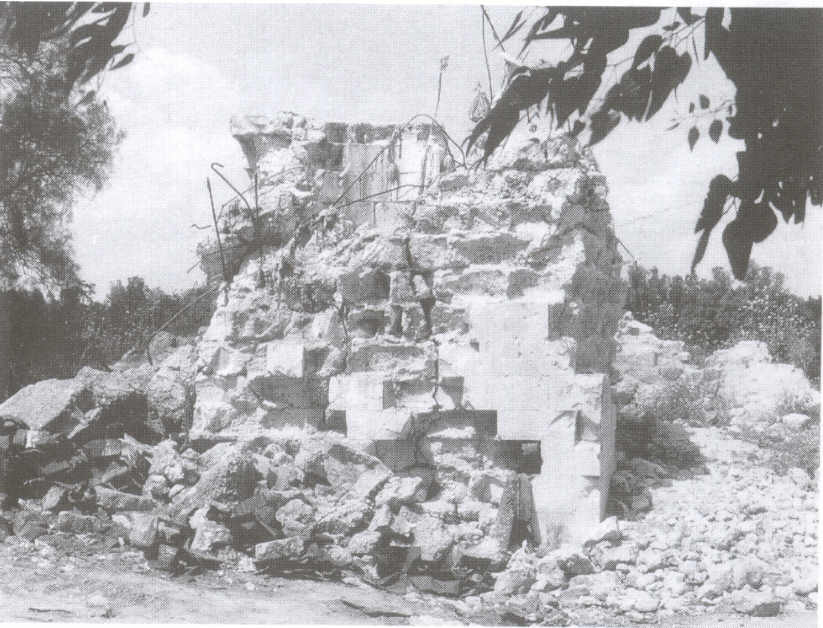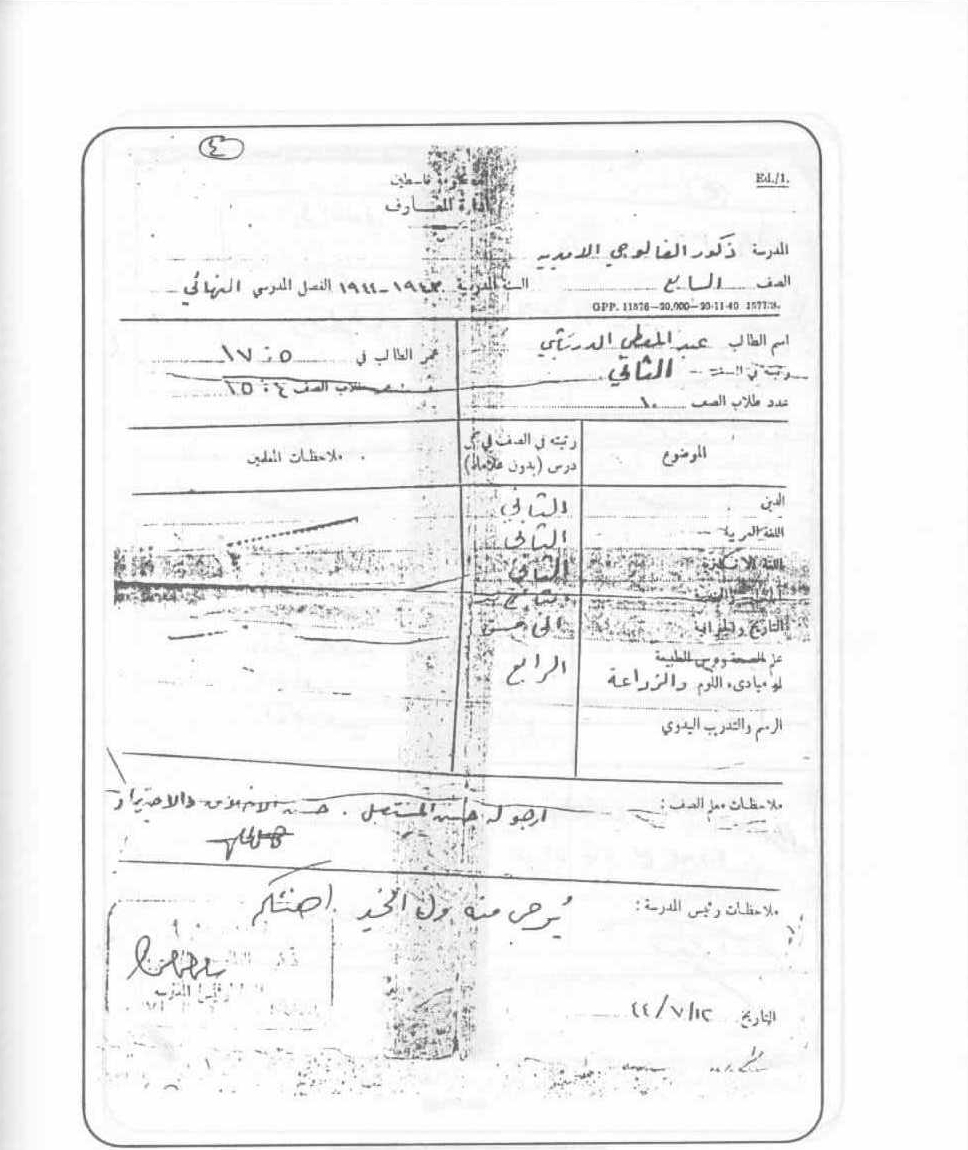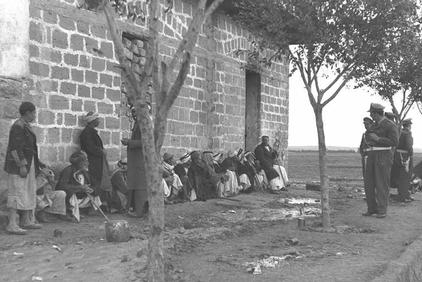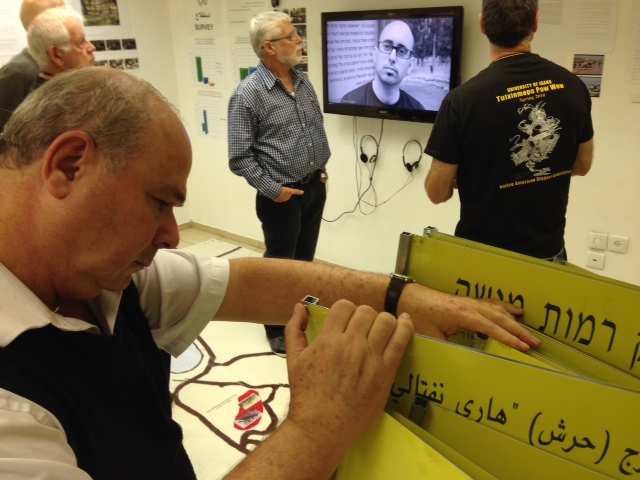Info
District: Gaza
Population 1948: 5420
Occupation date: 01/02/1949
Occupying unit: Negev (Palmah)
Jewish settlements on village/town land before 1948: None
Jewish settlements on village/town land after 1948: Nir Hen, Noga, Shahar, Nehora, part of Kiryat Gat
Background:
al-Faluja before1948
The village was situated on hilly terrain, 30 km east of Gaza and was bordered by Wadi al-Faluja to the east north and west. al-Faluja was the hub of several main roads leading to Hebron, Jerusalem, Jaffa and Gaza. According to the villagers the original site was called Zurayq (Turmus, Lupine) al- Khandak and renamed later to commemorate a Sufi master, Shahab al-Din al-Faluji who came to Palestine from Iraq early in the fourteenth century. He settled near the village and was buried there. 413 people lived in the village n 1596 their houses surrounding the shrine of Shaykh al-Faluji. The shrine was housed in a building with three domes and served as a mosque. In 1931 there were 3161 people living in 685 houses. By 1944-45 that number had risen to 4670, all Muslims. As the population grew, housing expanded to the northern shore of the Wadi with several bridges connecting the two parts of the village. The center of the village moved to the northern site, where modern houses several stores, a clinic and coffee houses were built. A boys' school, opened in 1919, contained a plot of land for agricultural studies. In 1947 it became a junior high school with 520 students. The girls' school opened in 1940 and had 83 students in 1943. In 1922 a local council was established. Four wells provided water for domestic use. Agriculture, mostly rainfed, was the main source of income for the villagers. On a total of 38,038 dunums of land they grew mainly cereals, vegetables and fruit. Commerce was the second most important activity of the residents. A weekly market for agricultural products was held in the village. Villagers also engaged in animal husbandry, grain milling, embroidery, weaving and pottery. Al-Faluja had a renowned dyehouse that attracted customers from all over the region.
Occupation and Depopulation
According to the New York Times an early attack on al-Faluja took place on March 14-th 1948 when a Jewish supply convoy escorted by Haganah armored cars engaged in a battle with villagers 37 Arabs were killed and "scores were wounded. On the Jewish side 7 casualties and 3 wounded were reported. On the same day a Haganah demolition corps came back to the village and blew up 10 buildings including the municipality and the post office.
Palestinian sources mentioned an earlier attack on February 24 but no details were offered.
The fate of the villagers was finally sealed in the aftermath of the Israeli-Egyptian ceasefire in February 1949. An Egyptian brigade, led by the future president Gamal Abd al-Nasir, and some 3140 civilians had been trapped in the "Falluja pocket" since late October 1948.The pocket included the neighboring village of Iraq al-Manshiyya and was handed over to Israel in the armistice agreement. Egyptian forces withdrew along with a minority of civilians. Israel violated the terms of agreement almost immediately intimidating the population into leaving by April 21-th 1949. Intimidation tactics included beatings, looting, attempted rapes and a "whispering propaganda campaign" Israeli historian Benny Morris writes that the decision to cause the exodus of the 'Faluja pocket' population was probably approved by prime minister David Ben Gurion but Israeli officials feigned outrage about what had happened.
Israeli settlements on village lands.
The Israeli town of Qiryat Gat was built in 1954 on the lands of Iraq al-Manshiyya but has now spread on lands of al Falluja as well. Shahar, Noga, and Nir Chen were established on village lands in 1955 followed by Nehora in 1956.
The village today
The foundations of the village mosque with scant remnants of its walls are all that remains of al-Faluja. Debris is piled or scattered around the mosque's ruin. A dilapidated well and a cistern are also visible. A stand of eucalyptus trees, cactuses Christ's thorn and olive trees grow on the site. Israeli government offices and an airport have been built on surrounding land, much of which is cultivated.
Source: Walid Khalidi "All that remains", Washington DC 1992, pp94-97


